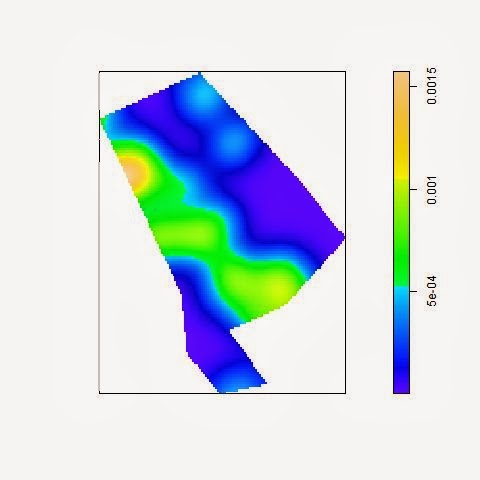This research returned useful insights for the archaeology and history of pastoralism in the Alps. As suggested for other areas, the shaping of upland landscapes is a long and complex process, and the landscapes we currently experience in mountain areas are the consequence of this process. This inference is not only important for the reconstruction of the past, but also for planning the future of these landscapes. The results of this ethnoarchaeological project will help stakeholders to define new policies for the protection and promotion of western Alps.
The next and final step of the EthWAL project will be the conclusive dissemination of the results. Some papers have already been submitted to peer-review journals, and others will be submitted in the next months. The preliminary results have been presented to several international conferences: European Association of Archaeologists conference (EAA) 2013 and 2014, Computer Application and quantitative methods in Archaeology conference 2014 and 2015. Other results will be presented at the next EAA conference in Glasgow and at the "Current Ethnoarchaeology" conference in Rome. Local conferences will be also organized, in order to inform local communities of the outcomes of this project and of their perspectives.
Further updates will be therefore provided in the next months.
 |
| The meadows of Fangeas, near the Faravel plateau (Freissinieres, France) |
 |
| The high pastures of Val della Brignola (Magliano Alpi, Italy) |
.JPG)









